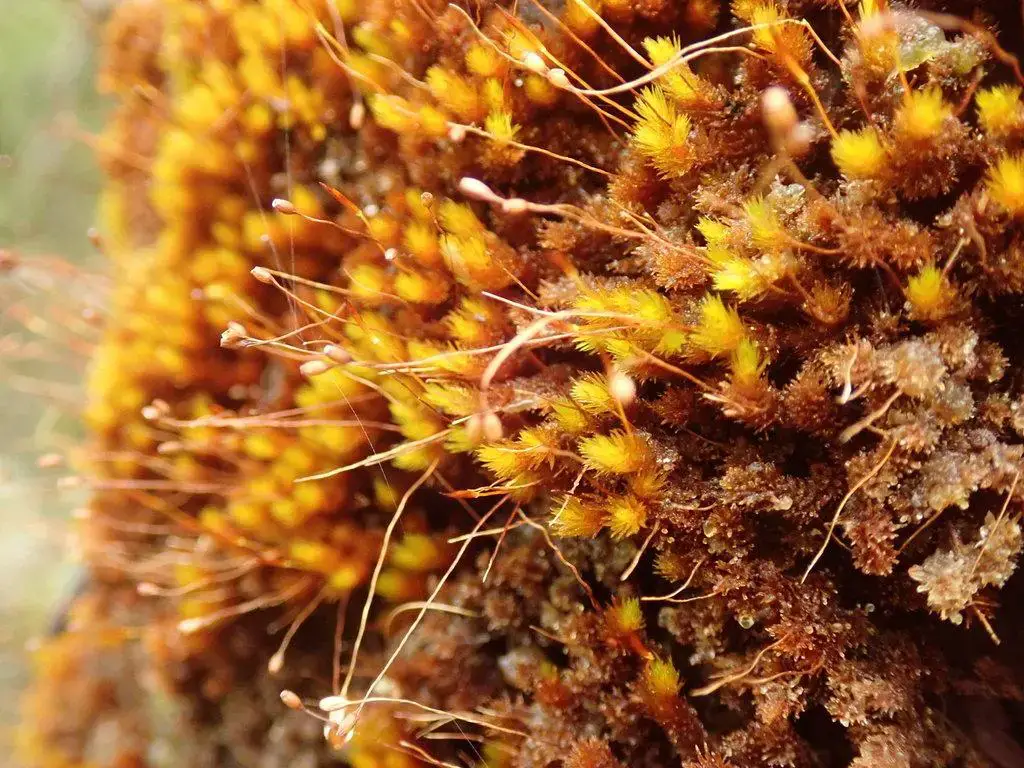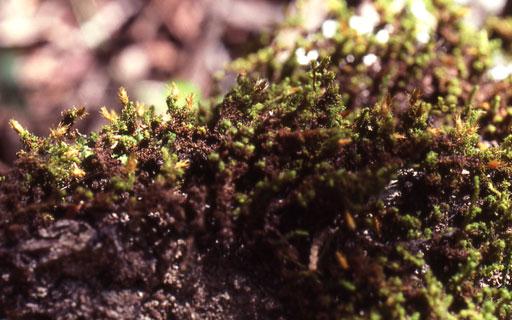
large.jpeg from: https://inaturalist.nz/observations/88236610
Exploring the Fascinating World of Macromitrium contextum Hampe Moss
Introduction
Mosses are often overlooked, but they play crucial roles in ecosystems around the world. One particularly interesting species is Macromitrium contextum Hampe

Macromitrium_prolong031018L.jpg from: https://www.digital-museum.hiroshima-u.ac.jp/~museum/habit/moss_habit/Macromitrium prolongatum/Macromitrium_prolongatum.html
, a moss in the Orthotrichaceae family. In this blog post, we’ll dive into the details of this fascinating plant, from its morphology to its ecological importance.
Background
Macromitrium contextum Hampe is a species of moss classified in the Bryophyta division and Bryopsida class. It belongs to the Orthotrichaceae family, which contains over 900 species worldwide. The genus Macromitrium alone has around 400 species.
Morphology and Identification
M. contextum forms dense cushions or tufts on tree trunks and branches. Its leaves are lanceolate (lance-shaped) and have a single costa (midrib) that extends to the leaf tip. The leaf margins are entire (smooth-edged).
A key identifying feature is the calyptra (hood covering the capsule) which is mitrate (bishop’s miter-shaped) and plicate (folded in pleats). The seta (stalk bearing the capsule) is very short, making the capsules appear to sit directly on the cushion of leaves.
Global Distribution and Habitat
This species has a pantropical distribution, meaning it is found in tropical regions worldwide. Its range includes Central and South America, Africa, Southeast Asia, and Oceania.
M. contextum grows as an epiphyte on the bark of trees and shrubs in humid forests from lowlands to mountains. It prefers partially shaded habitats with high atmospheric humidity.
Ecological Roles and Adaptations
Like other mosses, M. contextum plays important roles in its ecosystem:
- Moisture retention: The dense cushions help trap and retain moisture, regulating humidity in the microenvironment.
- Nutrient cycling: It helps capture nutrients from the air and rain, making them available to other organisms as the moss decomposes.
- Habitat provision: The mats provide shelter and nesting material for small invertebrates.
The moss has several adaptations for its epiphytic lifestyle:
- Drought tolerance: It can survive periods of desiccation by entering a metabolically inactive state.
- Water absorption: The leaves are covered in papillae (small protuberances) that help channel water to the leaf surface for absorption.
- Spore dispersal: The short seta and mitrate calyptra help protect the spores and aid in wind dispersal.
| Characteristic | Description |
|---|---|
| Leaf shape | Lanceolate |
| Leaf midrib | Single costa extending to tip |
| Leaf margin | Entire |
| Calyptra | Mitrate and plicate |
| Seta | Very short |
| Habitat | Epiphytic in humid forests |
| Distribution | Pantropical |
Conclusion
Macromitrium contextum Hampe is a prime example of how even tiny organisms like mosses can have fascinating adaptations and play vital ecological roles. The next time you see moss growing on a tree, take a closer look – you might be looking at this tropical gem! What other secrets do you think the world of mosses holds?